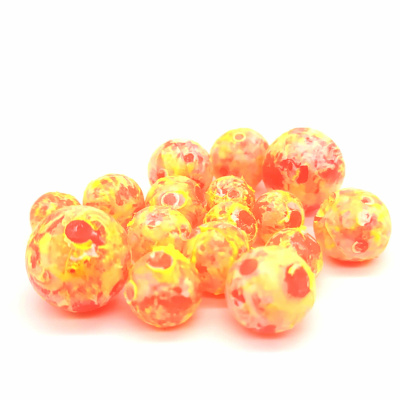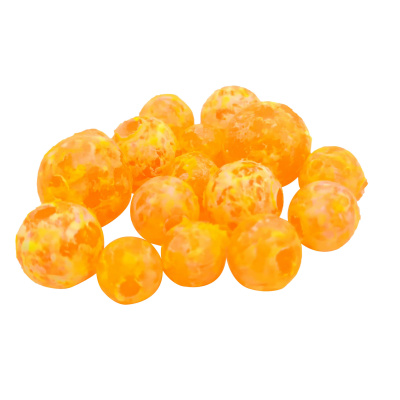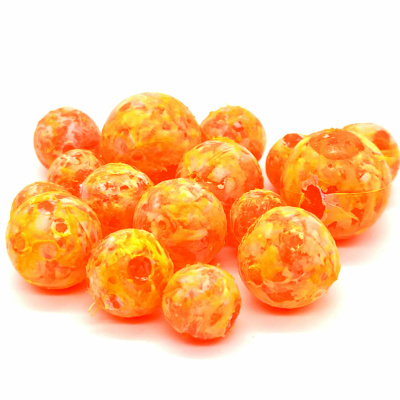Trout
Trout fishing in Alaska is the most unique of all the fisheries discussed on this site.
The size, quantity, and abilities of these fish is the most unique experience that I have had in all my Alaska trips. The driver for this amazing fishery is the presence of the millions of spawning chinook, sockeye, pink, and chum salmon. Both the eggs and flesh of the decomposing salmon are a smorgasbord of energy for the trout fishery. The primary focus time for this discussion is the time starting with “the drop”. This term refers to the period when the spawning salmon actively start spawning or “dropping” the eggs in the redds.
Due to the river dynamics and sheer chaos of spawning, millions of eggs end up not in the redds but instead floating downriver where the trout gorge themselves.

There are many world-class trout fisheries in Alaska, the Kenai, and several of the Bristol Bay tributaries are well known and documented.
Research has shown that these trout fisheries are likely the origins of bead fishing as we know and practice it today. Many years ago, there were pioneers buying plastic beads and hand painting them with closely guarded paint colors. These paint effects were designed to match the color of the eggs that were currently being washed out of the redds into the waiting mouths of the trout. While the trout can be amazingly aggressive biters early in the spawning, after they have gobbled down a few hundred eggs they, unsurprisingly become more selective about which eggs they want to ingest. Many of these trout populations are like steelhead populations, the fish are repeat spawners, are able to be caught multiple times, and are susceptible to hook and release mortality. One of the origins of pegging beads is said to be from Alaskan anglers looking to reduce the incidence of hook mortality from hooking fish in vital regions of the mouth.
Trout can be some of the most maddeningly selective about bead size and color. You can imagine if you spend a solid month or two watching millions of eggs float by that you could pick out a fake quickly. For these reasons, the bead recommendations for trout depend mainly on the actively spawning fish in the river. For trout feeding on Chinook and Sockeye eggs, reddish colors like Roe Natural and Red in 8 to 12mm are recommended. For Chum and Pink spawning, orange, and peachy colors like Creamsicle, Shrimp, Peach Gobbler and Roe Light in 8 to 10mm are effective. Hook size for trout is between #6 and #4 with leader size ranging from 6lb to 10lb.
In conclusion, bead size and color selection for trout should be based on the species of salmon that are actively spawning in the river system. Some investigation of the small back eddies can offer some clues as loose eggs will wash up there. Most common sizes are 8 to 10mm in natural red and orange colors.
| Table 4: Trout Options | |
| Chinook Spawn | 10 to 12mm, Roe Natural, 50/50 Roe Natural, 50/50 Red Roe, Mottled Red |
| Sockeye Spawn | 8 to 10mm, Roe Natural, 50/50 Roe Natural, 50/50 Red Roe, Mottled Red |
| Chum/Pink Spawn | 8 to 10mm, Creamsicle, Shrimp, Peach Gobbler and Roe Light |
| Hook Size | #4 to #6 |
| Leader Size | 8lb to 12 lb |




